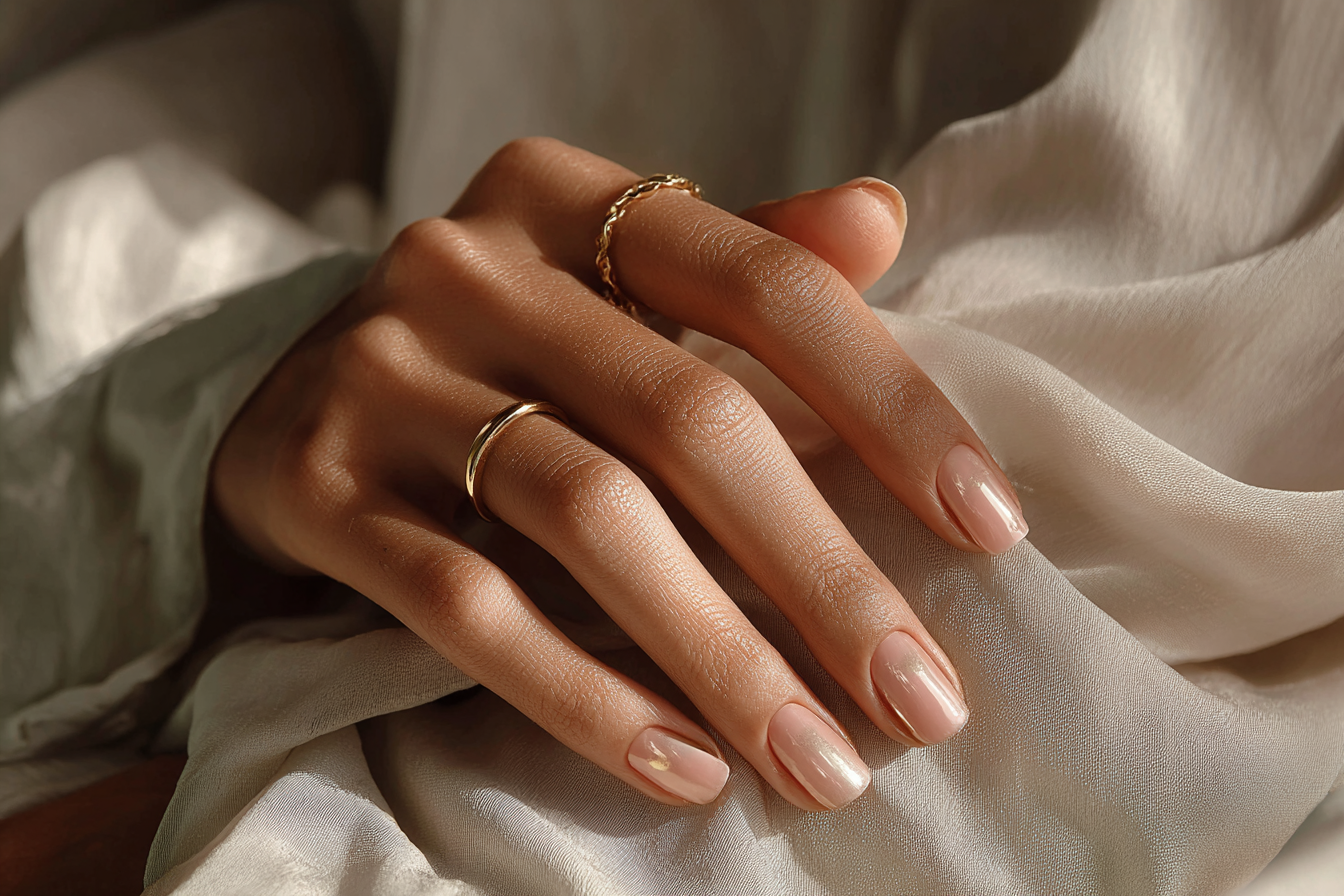The Dangers of Fake Aesthetics Devices
Source: Emerald Laser
Vanessa Brown, Head of Sales and Marketing at EMEA, the company behind Emerald Laser which has seen a worrying rise fake device, explains how to spot fraudulent devices.
The UK medical aesthetics industry is so easily accessible with no regulation, so people are uneducated about what is real and what is not real, the dangers of buying and being treated by a fake aesthetic device, like a counterfeit Emerald laser, are serious for both practitioners and patients.
For patients, there are big risks in terms of their time, money and health. Counterfeit devices do not deliver the same results as certified ones (which could also lead you to waste money on more appointments); they do not adhere to strict safety guidelines; and they can carry an increased potential for infections and complications, in fact, the counterfeit devices have zero health and wellness benefits.
As for practitioners, using fakes can compromise their reputation and even cause them to face legal action, as the quality and safety of treatments with counterfeit technologies can never be assured. This can leave patients at best disappointed, and at worst at increased risk of burns, scarring and long-term skin damage.
How do you spot a fake?
1. Do Your Research
Thoroughly research the clinic and practitioners. Look for reviews, check credentials, and ensure they’re using genuine technology. You can also ask about the device manufacturer and confirm it with the official company if you’re uncertain.
2. Double-Check Photos
Be cautious with before-and-after photos. If results seem too good to be true, do a quick reverse image search to make sure the images aren’t borrowed from another source or manipulated. Unfortunately, some clinics misuse images, so it’s wise to verify.
3. Look for Verified Provider Programs
Many aesthetic companies, like Emerald Laser, partners with clinics through verified provider programs to ensure treatments are performed safely and with authentic equipment, or the aesthetic company might publish a directory of their partners. Look for a verified provider seal from the manufacturer to confirm you’re in good hands with properly certified equipment and trained professionals.
4. Verify All Aspects of the Treatment
It’s not just the device itself that needs to be authentic—additional elements like gels, applicators, and protective gear should be genuine too. Ask to see the equipment and related components before your treatment. Just like checking labels on high-value items, confirm that all aspects of your treatment are legitimate.
5. Be Cautious of Unusually Low Prices
Deals are appealing, but if a treatment is offered at a price significantly lower than similar services, it could indicate the use of counterfeit or subpar devices. Avoid choosing based solely on price; compare options and make sure the clinic has a good reputation and verified equipment.
6. Report Suspicious Devices
If you suspect a clinic is using a counterfeit device, report it to the original manufacturer or relevant regulatory authorities. This helps curb the spread of unauthorised technologies and ensures others receive safe, effective treatments.
7. Seek Trusted Recommendations
Personal recommendations can be invaluable. Ask trusted friends, family members, or professionals who’ve had treatments at reputable clinics for their advice. Word of mouth from someone you trust is often one of the best ways to find authentic treatments and avoid fake devices.
Stay safe: choose authentic
When considering aesthetic treatments, choosing a clinic with a genuine device is essential for ensuring top-tier quality, safety, and proven results. While counterfeit devices might appear cost-effective, they pose serious risks that can jeopardise patient safety and compromise treatment outcomes. Always opt for certified, reputable clinics that use authentic devices to experience the full benefits of professional-grade technology.










